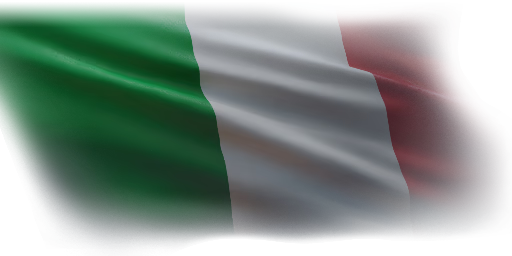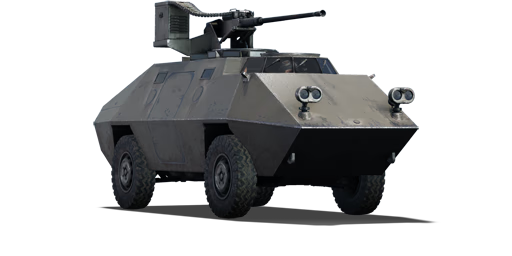



The OTO Melara R3 Capraia was a reconnaissance vehicle made mainly for the export market. The Italian army did also test it as they were interested in seeing if the Folgore regiment could have a use for it. The R3 Capraia was made in at least 7 prototypes, each with their own special configurations and armaments. Despite interest, no country ultimately put it into service due to a saturated market for light reconnaissance vehicles. The R3 Capraia was equipped with various armament options, including a 7.62 mm machine gun, a 12.7 mm machine gun, a TOW ATGM launcher, and two variants of recoilless rifles.
Introduced in Update 1.85 "Supersonic", the R3 T20 FA-HS features a 20 mm Oerlikon KAD autocannon able to easily make short work of lightly armoured vehicles and damage important components like barrels and engines on more heavily armoured vehicles. The great gun elevation also means that it can be very effective when used against air targets, especially those from WW2. The R3 Capraia lacks smoke grenades and has weak armour, but its mobility is its standout feature. As a wheeled vehicle, it can reach high speeds, allowing it to quickly pounce on enemies or rush capture zones. However, the R3's mobility can also be a drawback, as it can become unstable in turns, and may struggle on maps with snow or mud. Despite this, the R3 can also be effective at higher battle ratings.
| Belt | Belt filling | Armor penetration (mm) at a distance: | |||||
|---|---|---|---|---|---|---|---|
| 10 m | 100 m | 500 m | 1000 m | 1500 m | 2000 m | ||
| HVAP-T/HEI-T | 57 | 52 | 37 | 24 | 15 | 10 | |
| HEI-T/HEI-T/HVAP-T | 57 | 52 | 37 | 24 | 15 | 10 | |
| HVAP-T/HVAP-T/HEI-T | 57 | 52 | 37 | 24 | 15 | 10 | |












Mobility | |
|---|---|
Protection |
|---|
Firepower | |
|---|---|
